Save 50% on a 3-month Digiday+ membership. Ends Dec 5.
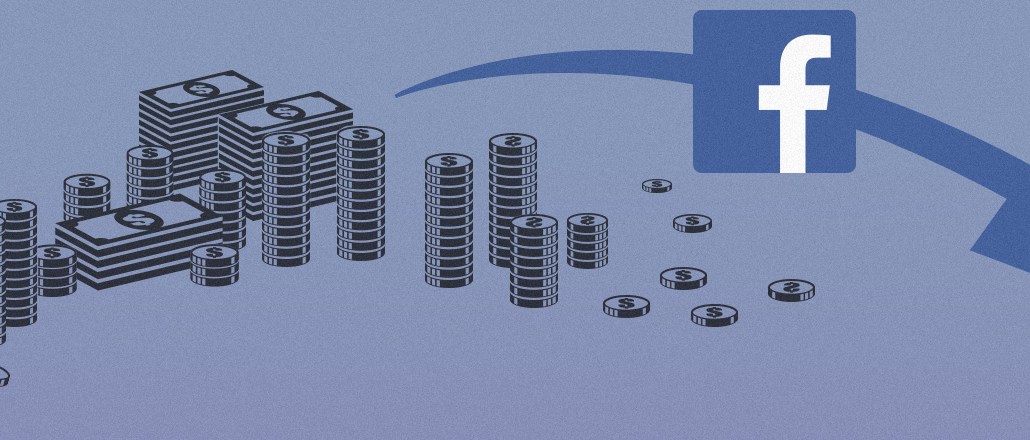
Facebook’s dominance in digital advertising can foster ambivalence, and even, in some cases, hostility.
“Many publishers view doing business with Facebook as a sort of Faustian dilemma: They can get rich, but they might lose their souls,” Grzegorz Piechota wrote in an International News Media Association (INMA) report released last week. “Or, to be precise, they can get access to vast audiences and make some money but risk diluting their brand and losing their direct relationship with users.”
For the report, INMA surveyed 37 news executives from Europe and the U.S. About 80 percent of the surveyed publishers were at websites that had at least 10 million monthly uniques. And about 30 percent of these publishers’ total website visits came from Facebook. Here are five charts from INMA’s study that summarize publishers’ relationships with Facebook.
Satisfaction with Facebook features
More than 75 percent of respondents said Facebook was most important for increasing reach and driving referral traffic. And in these areas, publishers are very satisfied, as only 5 percent reported dissatisfaction with reach and referral traffic.
But publishers aren’t satisfied with all Facebook features. More than half of respondents said they were dissatisfied with the revenue they generate with ads sold against content on Facebook, Facebook’s response to their feedback, and how Facebook has informed them of changes in their products and services.
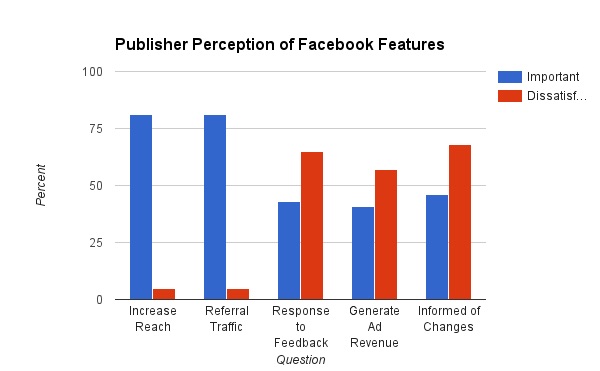
Mixed feelings about Instant Articles
Although Instant Articles load faster and often have higher engagement than regular Facebook links, the ability to monetize content is reduced when articles are read on Facebook’s platform rather than on publishers’ websites. That’s why some publishers have recently been posting fewer Instant Articles.
Ad position: web_incontent_pos1
Just over a third of respondents, 35 percent, said that it was not important for Instant Articles to improve users’ mobile experience. A similar number of respondents, 37 percent, said it was very important that Instant Articles improve mobile experience.
Publishers were also split on the performance of Instant Articles. A little over half of respondents, 54 percent, were either dissatisfied or indifferent to Instant Articles’ performance. Meanwhile, 46 percent were satisfied with Instant Articles’ performance.
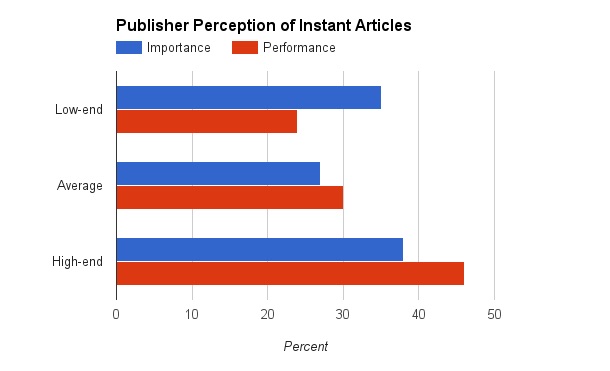
Referral traffic share is slightly down
Facebook and Google are estimated to command 85 percent of digital ad dollars. The two giants also command the majority of referral traffic. But Facebook’s share of referral traffic has slipped recently, according to data from analytics company Parse.ly.
INMA researchers theorize that the drop in traffic may be due to changes in Facebook’s algorithms or the use of Instant Articles, which keeps users inside the platform. Either way, they claim that 79 of the top 100 digital publishers in the U.S. saw their Facebook referral traffic decline in the second quarter of 2016. So for a little while, Google maintained an edge over Facebook in referral traffic.
Ad position: web_incontent_pos2
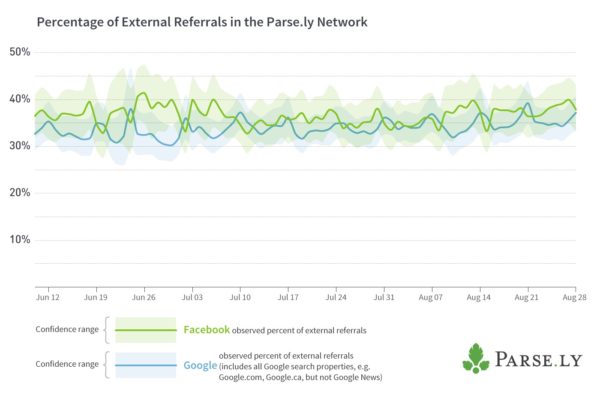
Publishers use different tactics
One publisher, who was satisfied with their relationship with Facebook, anonymously told Digiday that Facebook wants their products to work for publishers. “But only provided that it furthers Facebook’s interests,” the publisher said. “Their interests will always come first.”
The publisher said they were satisfied with Facebook because they “haven’t gone all in on anything, whereas many publications are fully leveraged on Facebook.”
The chart below breaks out how publishers allocate their Facebook content. Traditional publishers tend to use Instant Articles less often that digitally-native publishers. But there are exceptions: Vice News relies primarily on links, while the Washington Post heavily features Instant Articles.
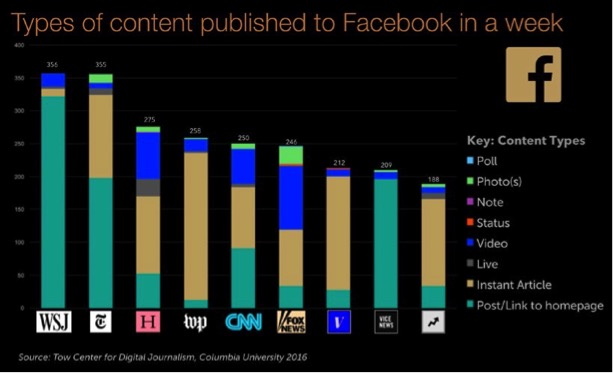
Hopes for future areas of monetization
INMA asked publishers what monetization options they’d like to see Facebook add. More than 80 percent of respondents said they would like Facebook to add branded content (where publishers could earn money by posting with a brand they have a sponsorship with) and subscription buttons.
The least popular option was a tip jar where fans could leave publishers money. Only 11 percent of publishers exhibited this kind of wishful thinking.
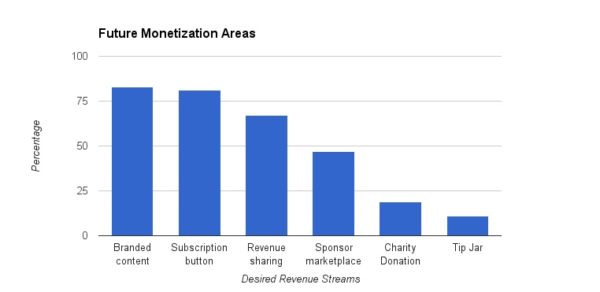
More in Media

Digiday+ Research Subscription Index 2025: Subscription strategies from Bloomberg, The New York Times, Vox and others
Digiday’s third annual Subscription Index examines and measures publishers’ subscription strategies to identify common approaches and key tactics among Bloomberg, The New York Times, Vox and others.

From lawsuits to lobbying: How publishers are fighting AI
We may be closing out 2025, but publishers aren’t retreating from the battle of AI search — some are escalating it, and they expect the fight to stretch deep into 2026.

Media Briefing: Publishers turn to vertical video to compete with creators and grow ad revenue in 2026
Publishers add vertical video feeds to their sites to boost engagement, attract video ad spend and compete with news creators.
Ad position: web_bfu